Liu Guobin: a "doctor" who has been rooted in the Loess Plateau for 40 years and is willing to "see a doctor" for the Yellow River.
CCTV News:The soil of the Loess Plateau was blown from Siberia, and after more than 2 million years of settlement, it finally formed today’s appearance. It is soft and easy to cultivate, and it is also easy to lose. And a lot of sediment in the Yellow River comes from the Loess Plateau.
Liu Guobin is a native of Yulin, Shaanxi Province. Growing up by the Yellow River, he had a dream of being a doctor, but he didn’t expect that he would deal with loess all his life and become a "doctor" for the Yellow River.
A seemingly ordinary lump of earth is loess with a history of at least ten thousand years. It is this piece of loess that carries Liu Guobin’s feelings for nearly 40 years.
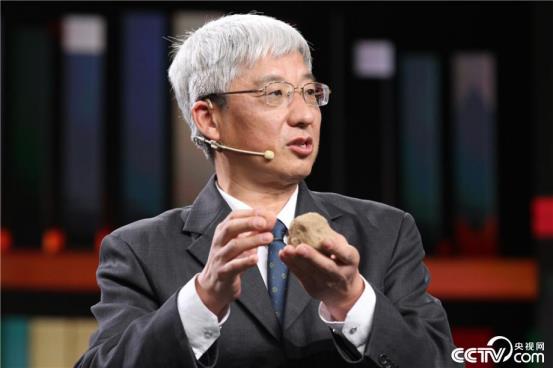
As a researcher research centre of soil and water conservation of the Ministry of Education of China Academy of Sciences and a professor at the Institute of Soil and Water Conservation of Northwest A&F University, Liu Guobin has been devoted to the research and demonstration of soil and water conservation and ecological restoration on the Loess Plateau for nearly 40 years, and regards harnessing the Yellow River as a top priority in his life. Inspired by farmers’ soles, he successfully completed the experiment of fixing soil by simulating the roots of plants through artificial steel wire needles. It has made great contributions to soil and water conservation and vegetation protection.
"It is worthwhile to see the effectiveness of the Yellow River regulation."
From the recorded period to the 1970s, the average annual sediment transport of the Yellow River reached 1.6 billion tons.
"What is the concept of 1.6 billion tons? If it is converted into a soil belt of one meter square, it can circle the equator of the earth 72 times. " Liu Guobin said that serious soil erosion and loss of vegetation protection directly led to the decline of grain output. Therefore, the life of local farmers is getting harder and harder.
Academician Zhu Xianmo, Liu Guobin’s mentor and a famous soil and water conservation scientist, once said, "If the Yellow River is unclear, I will die unsatisfied." Liu Guobin has always remembered this sentence. Now, Liu Jiaoshou has white hair. For him, managing the Yellow River has changed from a job to a lifelong career.
In the past 20 years, the ecological environment construction centered on returning farmland to forests and grasslands in the Loess Plateau has effectively reduced the loss of runoff, sediment and nutrients, restored vegetation to a certain extent, and greatly improved the natural ecological environment in this area.
In 2015, King William Alexander of the Netherlands, who was on a state visit to China, and his party visited Yan ‘an and visited the achievements of soil and water conservation on the Loess Plateau. He was very excited after learning about the situation of soil erosion control in the Loess Plateau, and praised it on the spot, Good (good), Excellent (excellent) and Very great (very good).
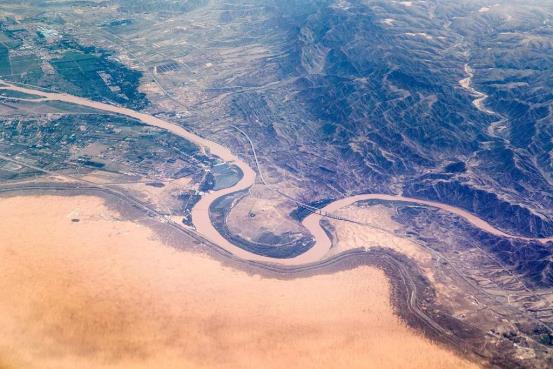
"I saw the great changes in China here." William Alexander said. As early as 2005, as a crown prince, he visited Yulin, Shaanxi Province, and inspected the corrosive impact of the Yellow River on the Loess Plateau. Nowadays, the living standards of farmers here have been greatly improved. After years of afforestation, the loess plateau region has also changed its old look.
By the time Zhu Lao died in 2017, the average annual sediment discharge of the Yellow River was less than 200 million tons, which basically reached the standard of "clearing", and Zhu Lao’s wish had been achieved. This achievement was achieved through the hard work of student Liu Guobin and several generations of "sand control people".
Facing the achievements, Liu Guobin said: "We usually work harder and feel depressed, but we are very excited to see that the flood disaster in the Yellow River can be reduced so much."
Get the wisdom of managing the Yellow River from the soles of the shoes
"Don’t you see how the Yellow River’s waters move out of heaven, entering the ocean, never to return", "The Yellow River is far above the white clouds, a lonely city of Wan Ren Mountain" and "On the Yellow River for nine days, people and ghosts have a bird’s eye view of it" … … As the mother river, the Yellow River carries too many feelings of Chinese. The management of the Yellow River will not happen overnight, but it needs the unremitting efforts of several generations.
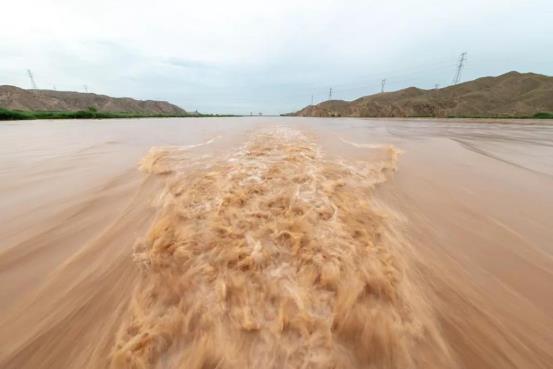
The soil on the Loess Plateau is easily washed away, so the Yellow River has less water and more sand. The disharmony between water and sediment is the crux of the Yellow River’s complexity. Liu Guobin has been working hard to overcome scientific research problems for decades.
Why is soil erosion? Because there is no vegetation protection. At the scene of the program, Liu Guobin showed two vivid experiments for everyone. A piece of soil planted with plants, besides the vegetation on it, the most important thing is that it has roots below it. Root system becomes the key to soil erosion.
How to study the roots in the soil? How to simulate it to understand the function of root system? Liu Guobin was racking his brains to think. When he was walking with his colleagues, he saw villagers taking soles. After that, his mind was full of needles, threads and dirt, and in a flash, he was inspired. Finally, he used an artificial steel wire needle to thread cotton thread back and forth into the soil, and made an experiment of "simulating root system".
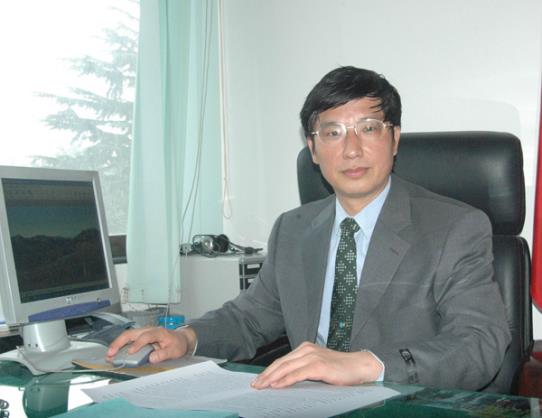
"After the experiment was done, I showed it to my tutor, Mr. Zhu Xianmo. At first glance, the old gentleman who is usually serious about people is good. You can explain this question to me clearly. He smiled with great satisfaction." Liu Guobin said that it is this experiment that provides an important scientific basis for understanding the relationship between vegetation and soil loss.
With this achievement, people can choose more suitable vegetation types under different soil and environmental conditions, so that vegetation can play a more full role in soil and water conservation, and finally achieve sediment reduction and make the Yellow River clear.
Make the Yellow River a "Happy River"
Liu Guobin didn’t like his job from the beginning, but today, although his hair has turned gray, he still says he won’t give up. "Our vegetation coverage has doubled from 33% to about 64% now." Today’s loess plateau, the mountains are much greener and the water is much clearer.
However, although the Yellow River is clear, Liu Guobin is not satisfied. In addition to clearing the river, he hopes that the mother river will become a "happy river". People in the Yellow River Basin should have a real sense of satisfaction and happiness.
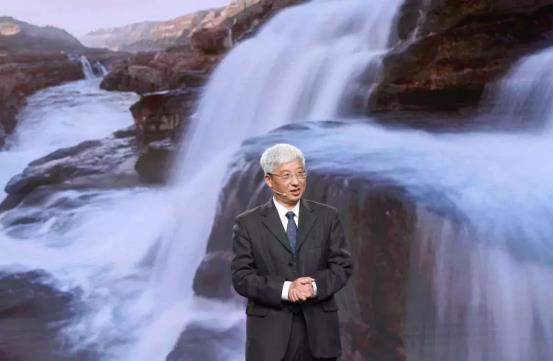
In Liu Guobin’s view, if the Yellow River is to become a "happy river", the first thing to do is to make people living in the Yellow River basin feel happy. Different eras have different understandings of happiness. In the 1930s and 1950s, happiness was "a cow on 30 acres of land, and his wife and children were hot on the kang". In the 1980 s and 1990 s, it was a kind of happiness to replace the caves at home with new ones; Nowadays, farmers live a rich life. The average income of farmers in northern Shaanxi is more than 10,000 yuan a year, which is many times higher than in the past. The house is many times bigger, and happiness has a new meaning.
Liu Guobin believes that happiness should be a very high quality of life, plus ecological civilization. "Ecological civilization is an advanced social form. From ideas to living conditions to policies, to the harmony between man and nature, happiness can be brought. I understand it this way."
This happiness is easy to say, but it can’t be achieved in one sentence. How to realize happiness, how to realize happiness on the Loess Plateau and make the Yellow River a "river of happiness"? Liu Guobin said: "This is a long road, and we are still on the road." (Text/Kang Yanlong)